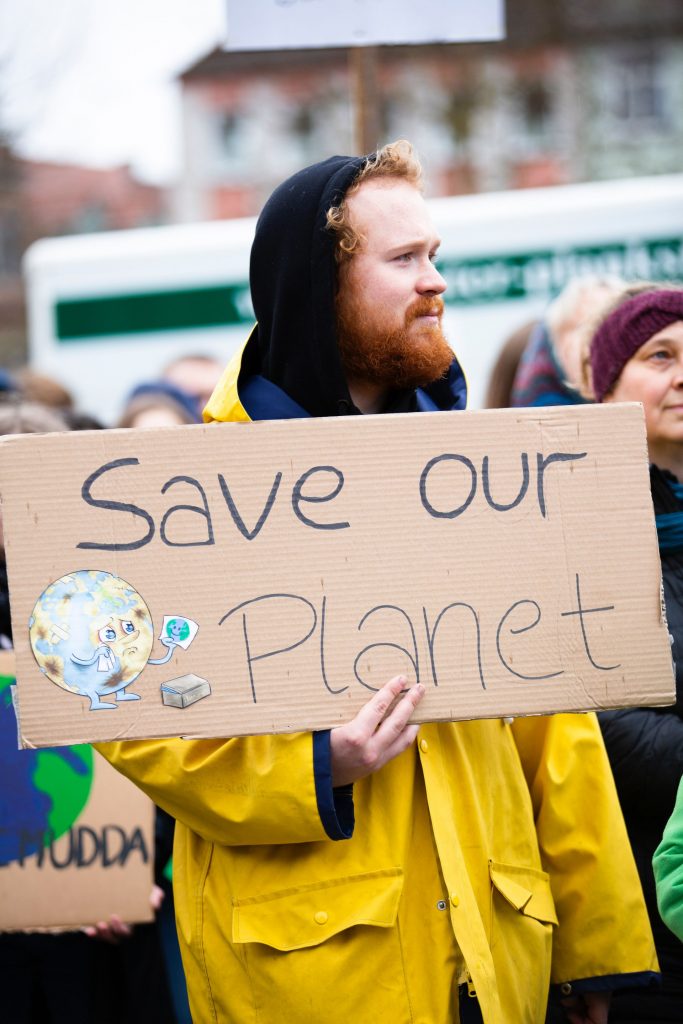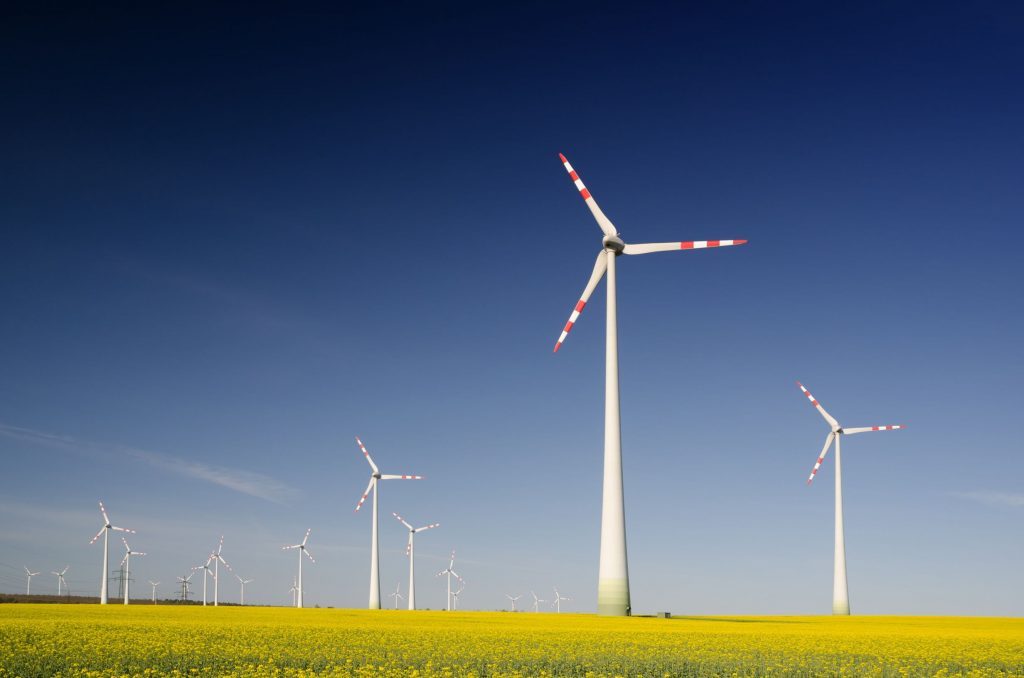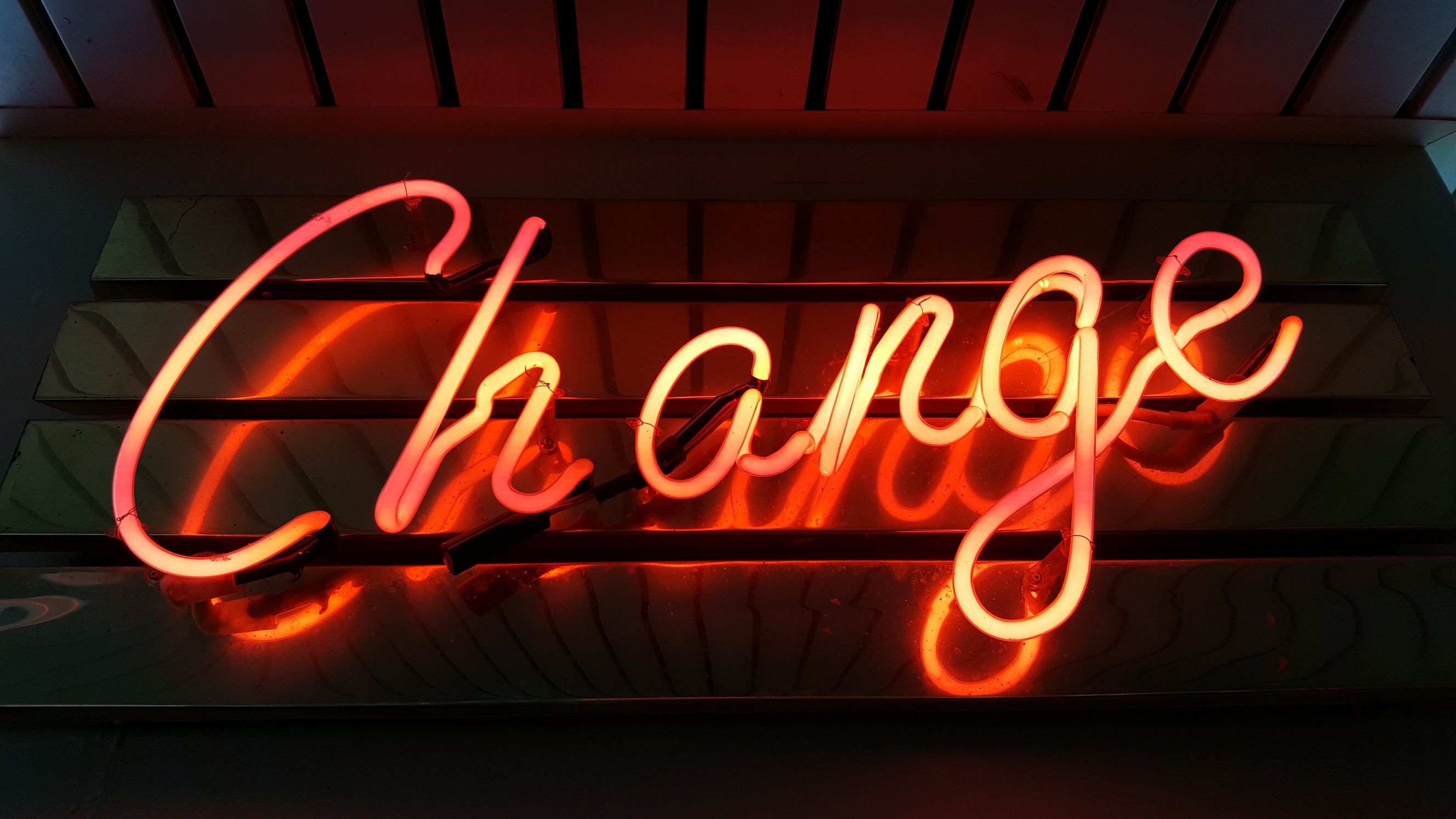In many rich countries, people can live in a world full of possibilities. There is a huge selection of food, both in the shops and in the various cultural restaurants. Traveling is possible without limits. Almost every little part of earth is accessible in one way or another. In terms of energy, we are no longer dependent on one specific substance. But we may have a choice. More and more research is being done on better and pure raw materials. We don’t seem to know any limits anymore. And although we live without limits, we would like to leave a healthy earth for the next generations. Do our children have a sustainable future?

Read more about common mistakes in buying a new tablet >>>
Do we understand climate change and a sustainable future?
Climate change, everyone is talking about it. But do you understand exactly what it means? A sustainable future, sustainability and climate change are complex topics, which are important to understand. We need to know the facts from the earliest history of climate changes, and also research, causes, consequences and measurements. These are many different parts that are all falling under the heading of climate change and sustainability.
For children there are special books on the market that explain this topic in an easy way. They explain how we can have a sustainable future by adapting today. Because let’s be honest. If we really want to change something, we need to understand it ourselves. And what is better than try to explain the problem to the next generation. If they understand this topic, then adults certainly understand.
Climate change, getting a closer look at it
Let us take a closer look at climate change. What does it mean that climate is changing? Climate change is a major deviation for long periods, compared to the normal climate patterns. The rapid changes that are taking place are worrying. Scientists do not know exactly why climate is changing so dramatically. Nor do they know how much the climate has changed. But a certain thing is that changes are partly caused by the actions of human being, by our (collective) actions.
What scientists have seen so far is that earth is warming up. This is visible in the layers of ice that are melting, and in the sea level that is rising. The gases emitted by factories, cars and planes seem to be an important guilty party. The large amount of gases affects the atmosphere. In addition, the large-scale clearing of forests also does not contribute to recovering our planet. And there are even more causes to mention.
A computer wit DNA??? How does it work >>>
How do we know all this information about climate change?
All these causes are being studied from space by satellites. In this way, we learn more and more about our climate on earth and the changes that are taking place. With satellites such as ESA’s Envisat, we learn more about climate change on our planet. These satellites also help us to predict better what the future will look like.
Some Envisat instruments map the greenhouse gases every day. Other satellites follow changes in temperature, ice, snow, lakes and forest surface. All the information that the satellites collect for us, is being studied by scientists. This information is very important to ensure that international agreements on reducing greenhouse gases are complied with. Just like the agreements about our climate in general. Complying the agreements is important at a level worldwide. Certainly now the signs are becoming more visible. So let us start understanding what this theme is all about. And let’s try to explain it to the next generation. That would be a great first step.

So, what is not true about climate change?
It is very good to explain what climate change means to the next generation. But unfortunately, reality outlined today, does not always contains the complete truth. Photos are often adjusted by Photoshop to make it less threatening, or more pathetic. For example, a little polar bear on a floating ice floe. It evokes a pathetic image. Nature organizations in particular like to respond to people’s emotions. Reality is often somewhat distorted to attract attention. Is it preferable that children know about reality? However, this can be difficult if even adults don’t always see the difference.
Or the information about the so-called climate deniers may also be viewed critically. They stimulate doubt by saying that it is not so bad. And to reinforce that power, excuses are invented to make sure that they don’t have to contribute to change. It is a good thing that children are aware of the real situation. And that they do not rely on the situation that is outlined for self-interest.
How children can help
Children best understand difficult problems when they can get started with practical examples. The adult generation has already come up with many solutions. But for a child these are not understandable and not feasible. What can a child do? Start by practical changes to show the different consequences.
A good start is to close the door when you leave the house. By leaving the doors open, the heat goes out and the cold comes in. Turn down the heating if it is warm enough in the house. Or put on a warm sweater more often, so that the heating can be turned down one degree. And a good start is to alert children to the unwanted addition of palm oil in, for example, peanut butter and chocolate spread. By explaining your actions a decisions, you learn children about the consequences of their actions.
Tropical forests are harvested and burned for the use of palm oil. Many rare animals and plants are driven away by the fire and the presence of people and machines. By a simple example, children will be willing to look for more sustainable sandwich spreads. So go with your child in search of palm oil-free peanut butter and chocolate spread. It exists, it tastes the same, but you do help nature and the awareness of the new generation.
Relating sustainability to children is therefore not such a bad plan at all. In this way, future generations can also live pleasantly on our planet Earth. Deploying change with this new generation is a very good plan. Look for books written especially for children. These are easily written, don’t contain lies or exaggerations and the current generation can usually learn something from it.
